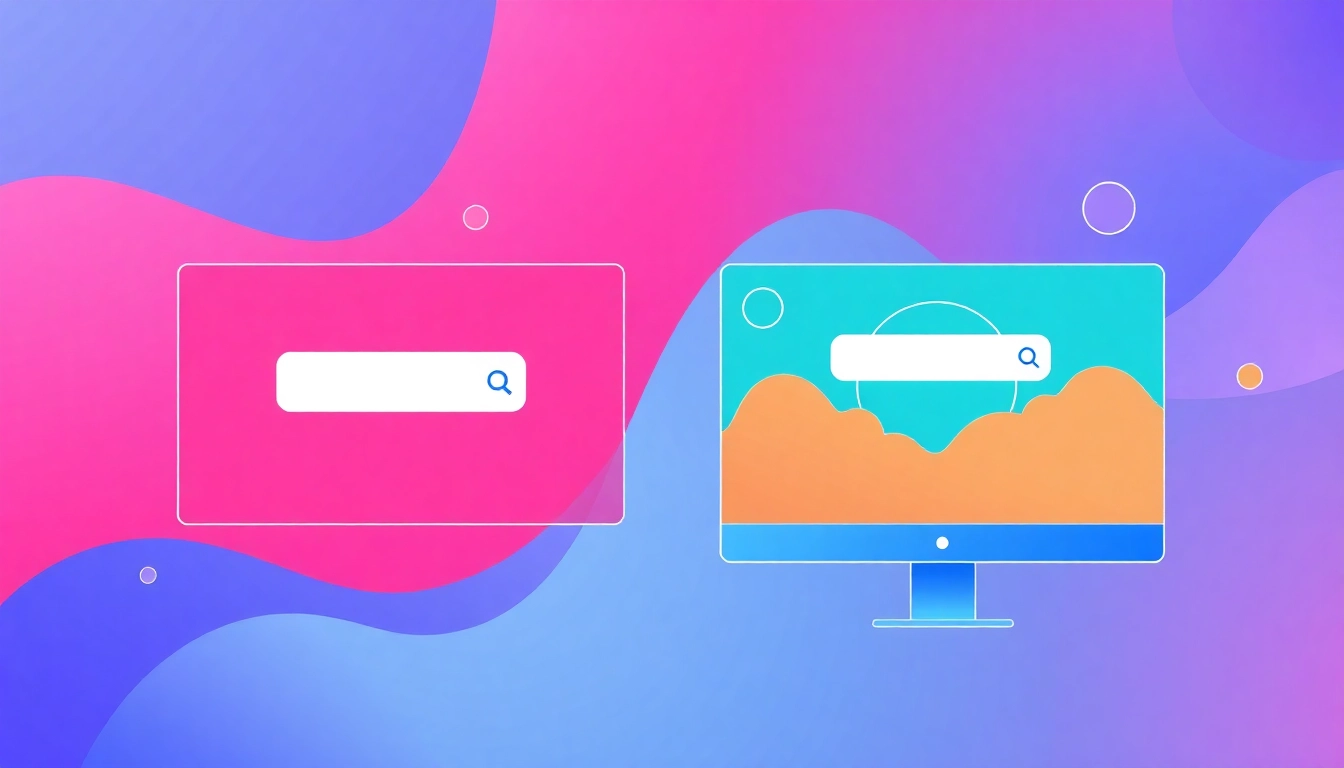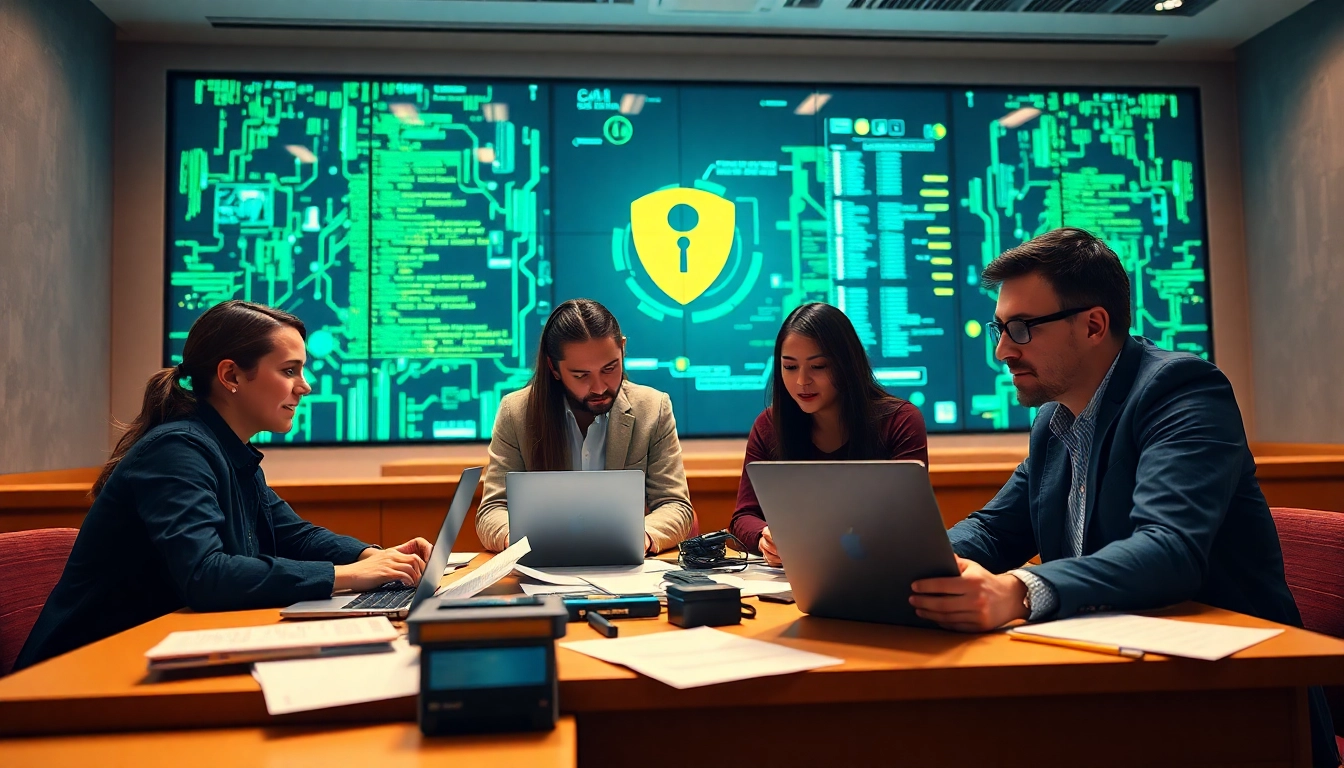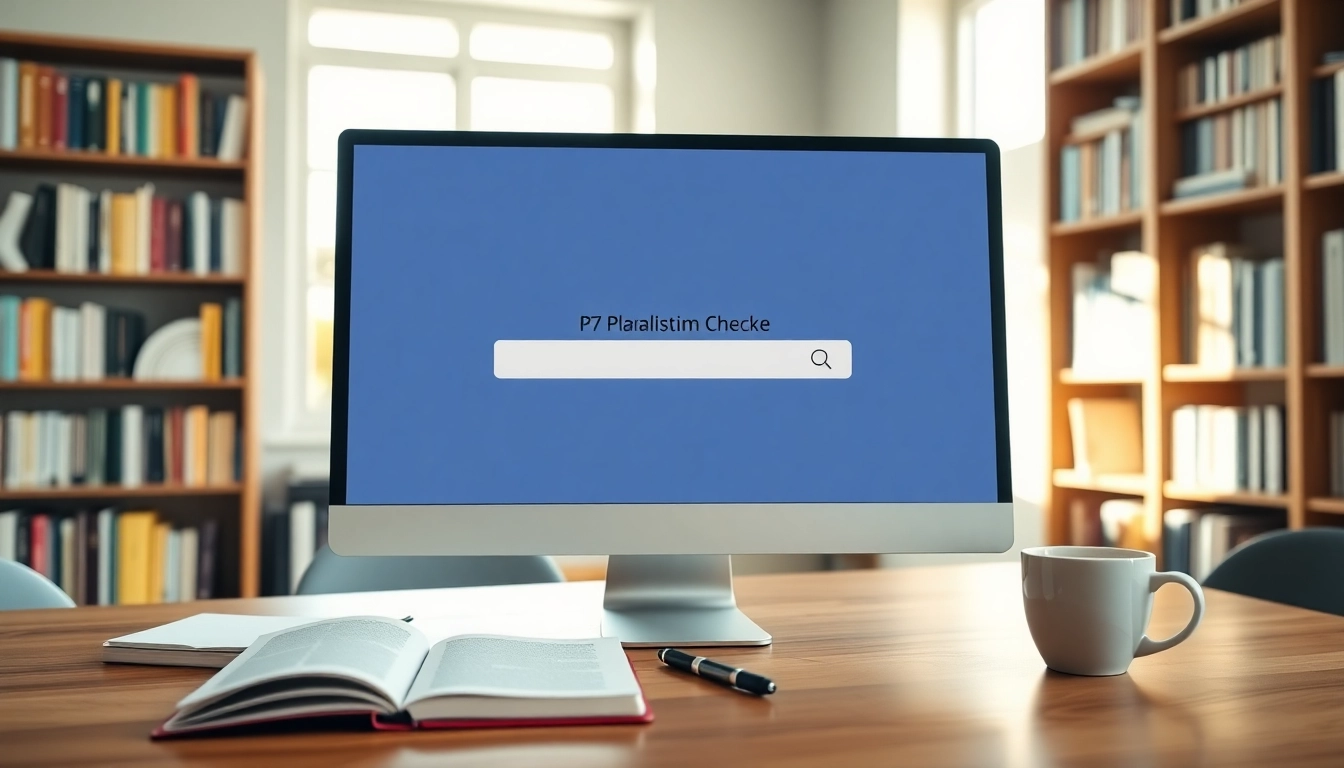Understanding Plagiarism Detectors
What is a Plagiarism Detector?
A plagiarism detector is a specialized software designed to identify instances of plagiarism by comparing submitted documents against a vast database of existing texts. It assesses the originality of written content by highlighting similarities between the submitted work and other published material. These tools are essential for maintaining academic integrity among students and professionals alike, ensuring that ideas are presented independently and ethically. Utilizing a plagiarism detector can help writers ensure that their work is free from unintentional duplication.
How Plagiarism Detectors Work
Plagiarism detection technology relies on complex algorithms to evaluate textual data, employing methods such as:
- String Matching: This involves identifying exact matches of phrases or sentences within documents. It is the simplest method of plagiarism detection.
- Semantic Analysis: More advanced detectors assess the contextual meaning of words and phrases, allowing them to spot paraphrased content.
- Fingerprinting: This method reduces documents to unique signatures or identifiers, facilitating faster comparisons against multiple sources.
- Machine Learning: Some of the latest plagiarism detectors utilize AI to improve their efficacy continuously, learning from past detections to enhance future performance.
Importance of Using a Plagiarism Detector
Using a plagiarism detector is crucial in various contexts:
- Academic Settings: In educational institutions, it promotes a culture of integrity and respect for intellectual property, ensuring student work is authentic.
- Content Creation: Writers and content marketers rely on originality to build trust and credibility, making it essential to avoid accidental plagiarism.
- Professional Publishing: Publishers utilize plagiarism detectors to safeguard their brand’s reputation by rejecting copied articles and maintaining high-quality standards.
Choosing the Right Plagiarism Detector
Key Features to Look For
When selecting a plagiarism detector, consider the following features:
- Database Size: The larger the database, the higher the chances of detecting plagiarized content.
- Accuracy: Look for tools that provide comprehensive reports detailing the sources of matched content.
- User-Friendly Interface: A straightforward navigation system can enhance the user experience significantly.
- Multi-Format Support: An effective plagiarism detector should support various file formats including PDF, Word documents, and text files.
- Multilingual Capabilities: As globalization increases, many users require tools that can analyze texts in multiple languages.
Comparing Popular Plagiarism Detection Tools
Several well-known plagiarism detection tools stand out in the market, each with unique offerings:
- Grammarly: Best known for its grammar-checking capabilities, Grammarly also includes a robust plagiarism detection feature powered by AI.
- Turnitin: Widely used in educational institutions, Turnitin offers extensive databases and is particularly effective for academic papers.
- Scribbr: This tool is renowned for its accuracy and specialized features tailored for students, including citation assistance.
- QuillBot: Peak functionality for both writing assistance and plagiarism detection, QuillBot integrates seamlessly into the writing process.
Cost-Effective Plagiarism Detectors for Students
Students often face budget constraints, so selecting a cost-effective plagiarism detector is crucial. Tools like DupliChecker and Scribbr provide free services alongside premium options, offering flexibility based on user needs. Free versions usually have word count limits but are often adequate for routine checks.
Best Practices for Preventing Plagiarism
Citing Sources Correctly
Proper citation is paramount in avoiding plagiarism. Understanding different citation styles (APA, MLA, Chicago, etc.) ensures that references are formatted correctly, giving credit to original authors and their ideas.
Using Paraphrasing Techniques
Effective paraphrasing is an invaluable skill. When rewriting information in your own words, it’s crucial to maintain the original meaning while using distinct phrasing. This reduces the risk of plagiarism while allowing integration of external ideas into your writing.
Educating Yourself on Academic Integrity
Many educational institutions offer resources and workshops to help students understand the importance of academic integrity. Learning about plagiarism, the consequences it entails, and how to avoid it can foster a respectful scholarly environment.
Analyzing Results from Plagiarism Detectors
Understanding the Reports Generated
After running a plagiarism check, users receive reports that highlight matched content. Familiarizing oneself with how to interpret these reports is key to addressing any issues efficiently. Typically, reports will detail:
- The percentage of matching text.
- Sources where the matching text was found.
- Suggestions for modifications to ensure originality.
What to Do When Plagiarism is Detected
Detecting plagiarism requires immediate action:
- Review Matches: Carefully investigate the flagged sections and compare them against the sources cited.
- Revise the Content: Adjust problematic areas using original phrasing or proper citations.
- Consult Resources: Seek guidance from writing centers or peers if unsure how to address detected issues.
Maintaining a Plagiarism-Free Environment
Establishing a culture that values originality can help prevent plagiarism. Schools can implement continuous education about citing sources, while workplaces can foster environments where creative ideas are shared and acknowledged.
The Future of Plagiarism Detection Technology
AI and Machine Learning in Plagiarism Detection
AI-driven plagiarism detectors are becoming increasingly sophisticated, utilizing large datasets to improve accuracy over time. Machine learning algorithms can adapt to new types of writing styles and plagiarism tactics, making them invaluable for future-proofing academic integrity.
Trends in Academic Integrity Tools
Emerging trends include the integration of AI content detection with plagiarism services, informing users not only of direct plagiarism but also of AI-generated content that may not be original.
Preparing for Future Educational Challenges
As digital tools continue to evolve, educators and institutions must stay informed about the best practices in academic integrity. Adapting to new technologies and integrating them into curricula can aid in building a foundation for authenticity and ethical writing.



